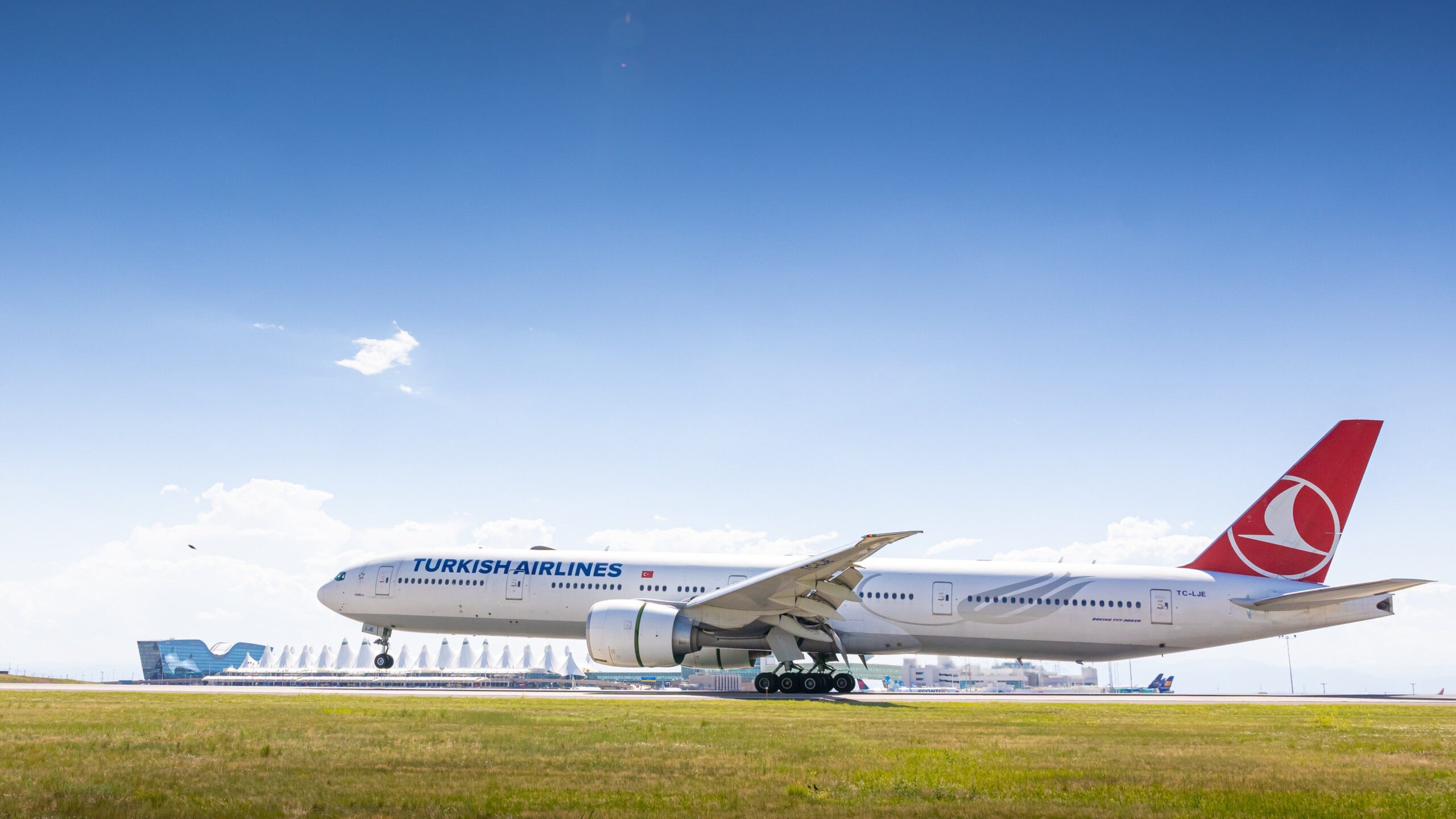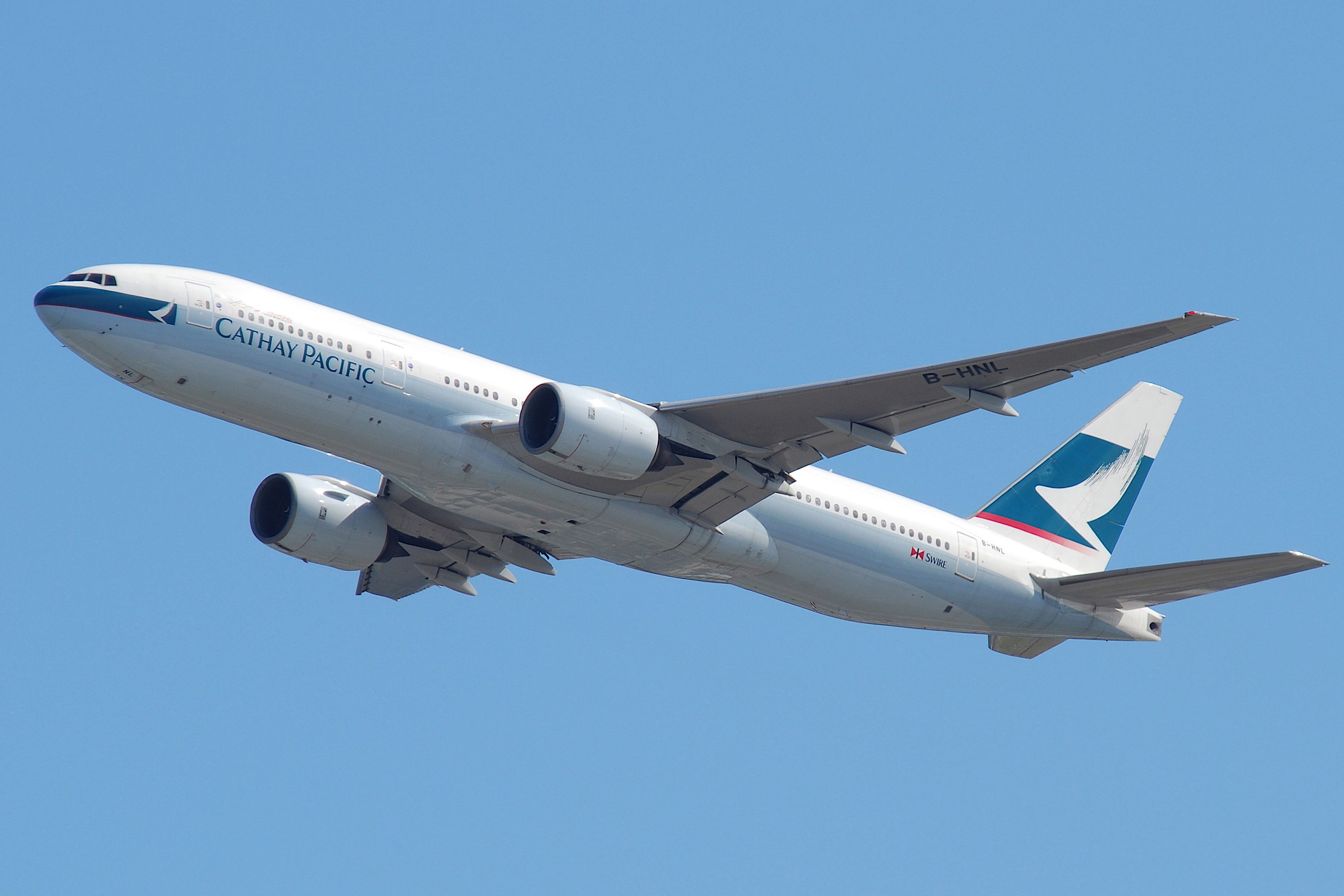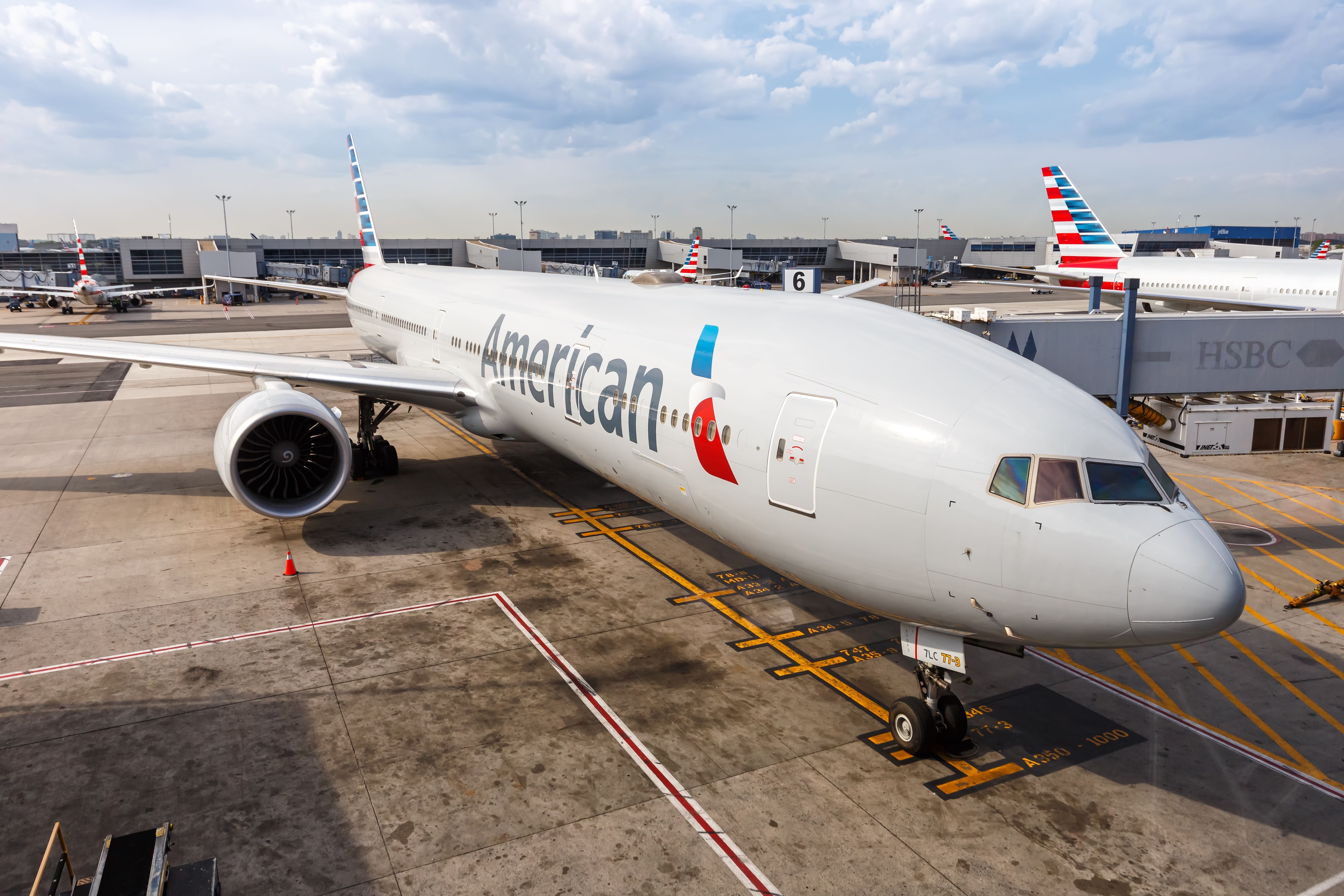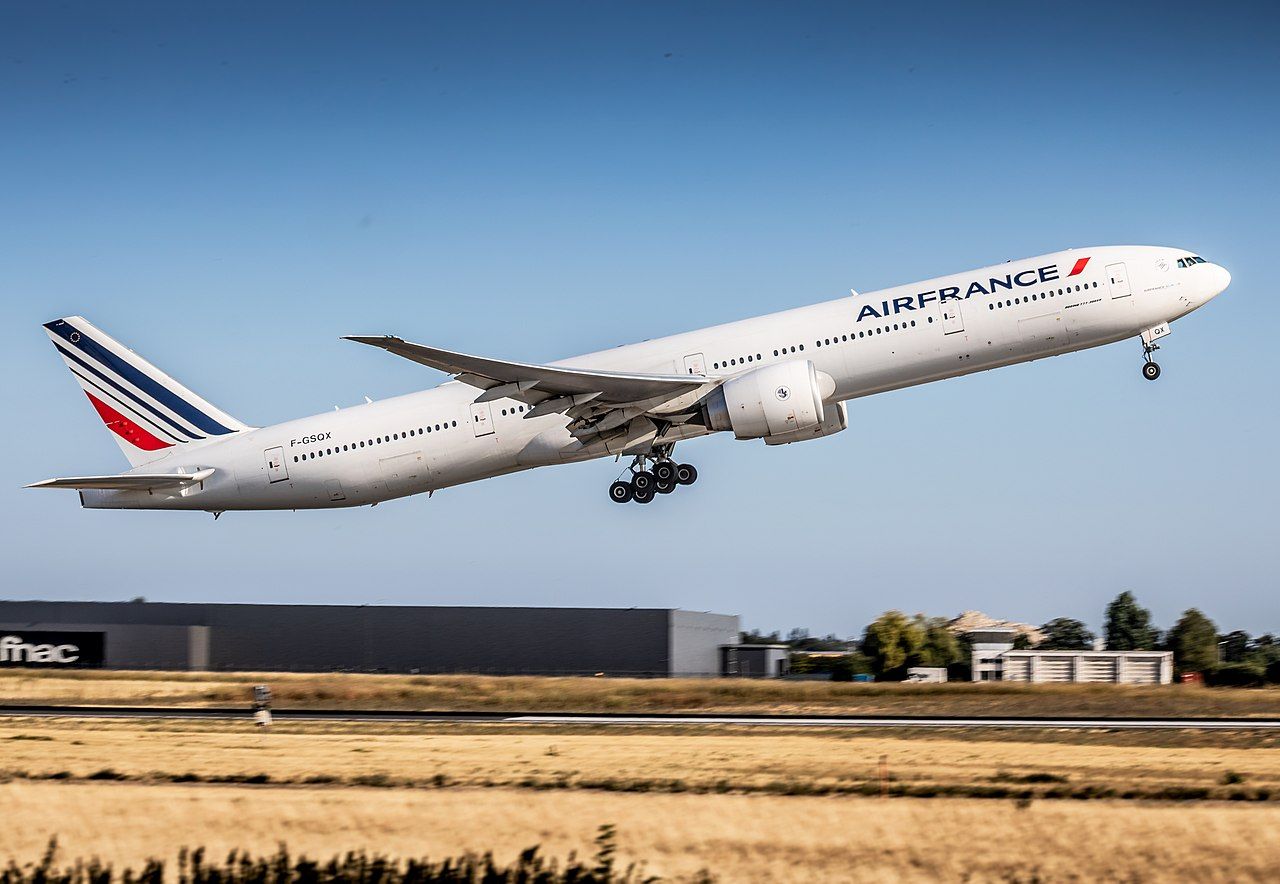Summary
- The Boeing 777-300ER proved profitable with higher capacity and better range than previous models.
- Boeing profited from the 777-300ER and developed it into the 777X for future growth.
- Lufthansa will be the launch customer for the Boeing 777X in 2026.
This year marks the 21st anniversary of the Boeing 777-300ER’s first flight. We look at how this best-selling aircraft came to be. In the early 1970s, airlines had a choice of three widebody jets for long-haul operations: the four-engined Boeing 747, the three-engined McDonnell Douglas DC-10, or the Lockheed L-1011 TriStar.
Looking to replace its popular Boeing 727, the Seattle plane maker unveiled its twin-engined Boeing 757. To compete against the Airbus A300, the Boeing 767, and as a better option for the DC-10 and TriStar, the Boeing 777. According to Boeing,
“The Boeing 777’s unique combination of superior range, outstanding fuel efficiency and passenger-preferred comfort has created long-range success for carriers around the world. And the 777-300ER now gives operators a perfect opportunity to extend that success. Recent upgrades further reduce costs and boost revenue, and the 777’s flying experience is still number one with passengers. A more profitable fleet and more satisfied passengers. That’s a better way to fly.”
Extending the ETOPS rules allowed twin-engined planes to cross the Atlantic
Thanks to a change in Extended-range Twin-engine Operations Performance Standards (ETOPS), airlines are now permitted to fly twin-engine powered planes across the Atlantic Ocean. They could also operate them anywhere they wanted over water so long as they were within three hours of a suitable airport.
This was perfect for the 767, which was deployed on transatlantic routes that did not have sufficient capacity for the larger Boeing 747. Because of the 767 and 757’s popularity with airlines, building the much larger 777 was put on hold.
As we entered the late 1980s, the DC-10 and TriStar’s life spans ended, prompting Boeing to develop the triple seven. The first Boeing 777 rolled out of the production facility on April 9, 1994, and performed its first flight under the command of chief test pilot John E. Cashman on June 12. What followed was 11 months of flight testing in the desert at Edwards Air Force Base in California and cold weather testing at Fairbanks International Airport (FAI) in Alaska.
After receiving its airworthiness certification, the first Boeing 777 was delivered to launch customer United Airlines on May 15, 1995, with the first commercial flight taking place three weeks later. Following the plane’s entry into service, Boeing continued developing the aircraft with an increased gross weight variant with a more extended range called the “Boeing 777-200”. This was followed by a stretched plane variant that Boeing called the “777-300”.
Photo: Markus Mainka | Shutterstock
On June 26, 1995, Boeing launched the 777-300 at the Paris Air Show. A much larger version of the plane, it could accommodate 370 passengers in a three-class layout or 451 passengers when configured in two classes.
Air France was the launch customer for the Boeing 777-300ER
|
Seats (2-class) |
392 |
|---|---|
|
Range NM (km) |
7,370 NM (13649 km) |
|
Length |
73.9 m (242 ft 4 in) |
|
Wingspan |
64.8 m (212 ft 7 in) |
|
Height |
18.5 m (60 ft 8 in) |
|
Engine |
GE90-115BL |
Not happy to rest on its laurels, Boeing continued developing the plane, including an extended-range version that could fly 7,370 nautical miles. The new aircraft, the Boeing 777-300ER, had an increased fuel capacity, a stronger fuselage, extended wings, and modified landing gear. The new General Electric GE90-115B turbofan, the world’s most powerful commercial jet engine, also powered the aircraft.
French national flag carrier Air France was the launch customer for the plane receiving its first Boeing 777-300ER on April 29, 2004. The Boeing 777-300 ER became popular, surpassing sales of Boeing 777-200 variants.
|
Speed |
Max. Mach 0.87 – Mach 0.89 (499–511 kn; 924–945 km/h; 574–587 mph), Cruise Mach 0.84 (482 kn; 892 km/h; 554 mph) |
|||
|---|---|---|---|---|
|
Range |
7,370 NM (13,649 km; 8,480 mi) -300ERSF: 4,650 NM (8,610 km; 5,350 mi) |
|||
|
Takeoff |
10,000 ft (3,050 m) |
|||
|
Engine (x2) |
GE90-115B |
|||
|
Max thrust (x2) |
115,300 lbf (513 kN) |
|||
Lufthansa will be the launch customer for the Boeing 777X
The Seattle plane maker’s Boeing 777 overtook the Boeing 747 to become the company’s best-selling plane. Boeing began to look into further developing the aircraft. A new aircraft variant was developed that features new General Electric GE9X engines, folding wingtips, and technology used in the Boeing 787 Dreamliner.
Photo: Jonathan Hendry | Simple Flying
The Boeing 777X made its maiden flight on January 25, 2020, and is currently expected to enter service with launch customer Lufthansa in 2026. According to Boeing,
“The new Boeing 777X will be the world’s largest and most efficient twin-engine jet, unmatched in every aspect of performance. With new breakthroughs in aerodynamics and engines, the 777X will deliver 10 percent lower fuel use and emissions and 10 percent lower operating costs than the competition.”
“A true family, the 777X offers low-risk, profitable growth, industry-leading reliability and seamless integration with the 777 and 787 Dreamliner families for even more flexibility. But performance is just part of the story. With a spacious, wide cabin, new custom architecture and innovations from the 787 Dreamliner, the 777X will deliver the flight experience of the future.”
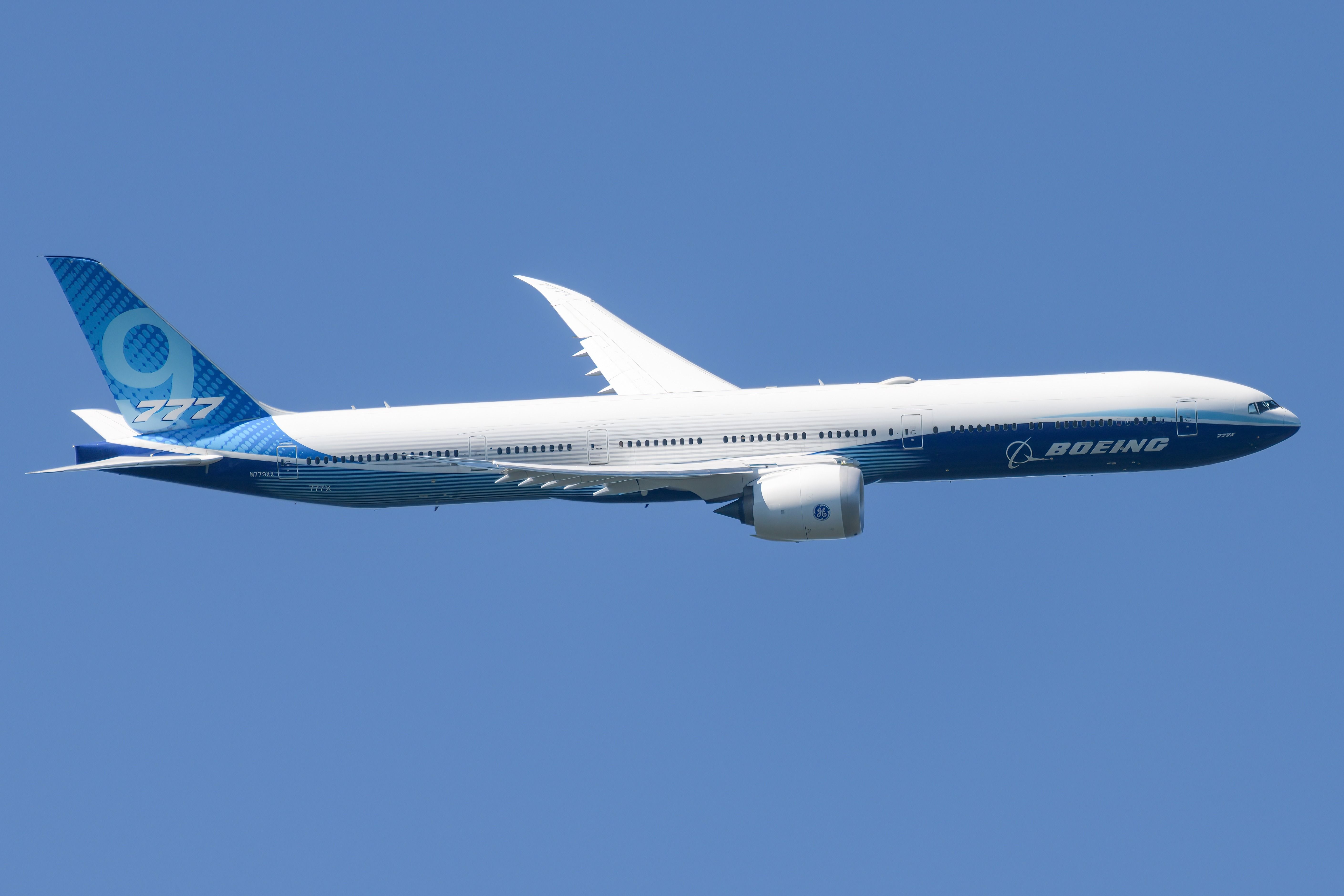
Related
2026 Or Later: When Do You Think Boeing Will Deliver Its 1st 777X?
The long-delayed Boeing 777X program has just encountered another severe setback with the grounding of the 777X test fleet. The FAA had authorized type certification testing to begin in July. Following a test flight in Hawaii, maintenance personnel found a severed thrust link on test aircraft WH003. This finding prompted a check of other test aircraft and led to the discovery of cracks in the thrust links of two additional test planes. The 777X is a promising plane, and airlines eagerly anticipate adding it to their fleets, but the dates keep moving. During the Farnborough Airshow, Emirates President Sir Tim Clark said that he didn’t expect Boeing to deliver until mid-2026. The airline ordered 200 of the type, originally scheduled for deliveries starting in 2020. Boeing had last updated its expected delivery date for 2025, but this was before the latest fault. With the test fleet grounded and Boeing working to figure out what caused the specially designed titanium part to sever a

